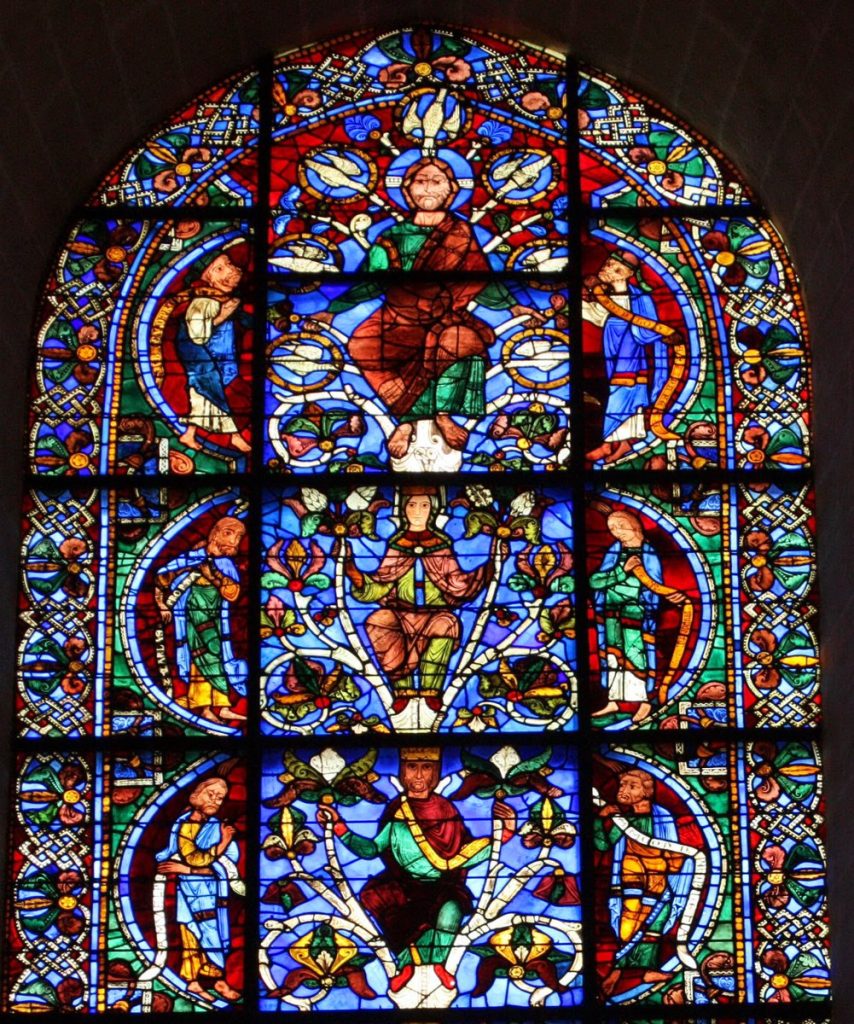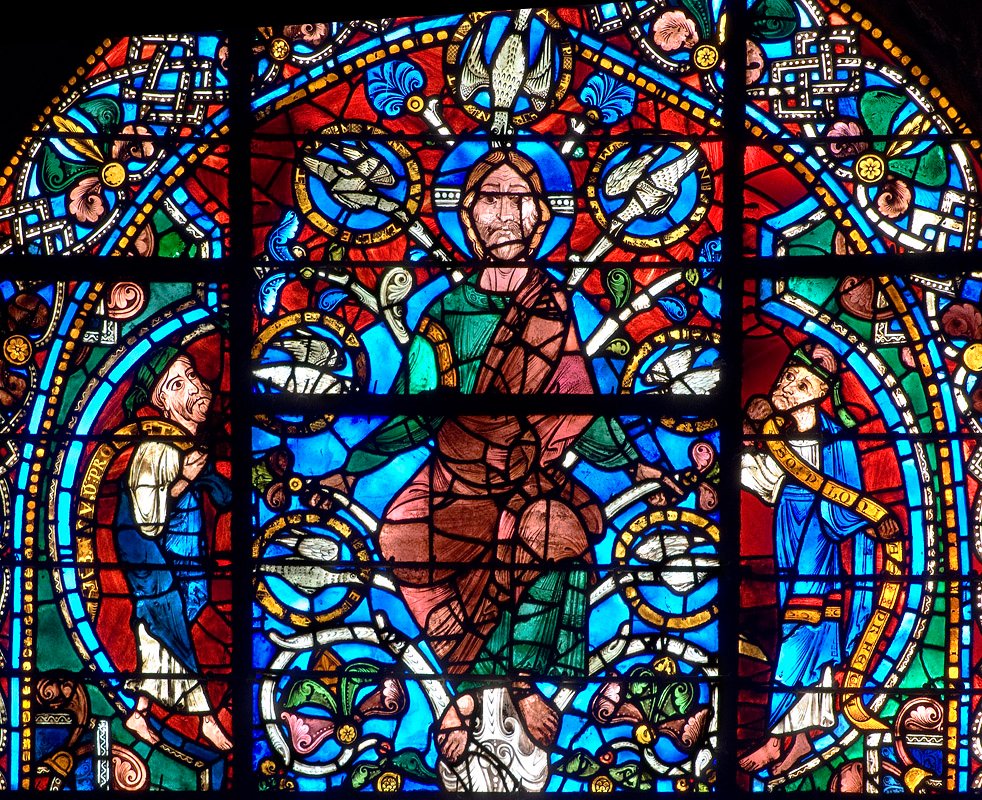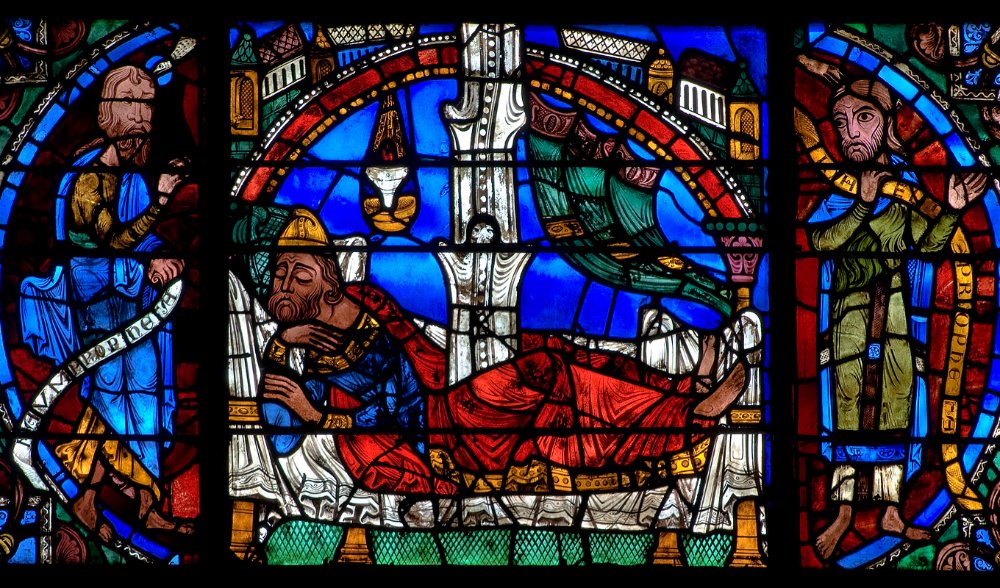During the regular dream meetings throughout the lockdown—languageofthedre.am—particularly in the early months of the pandemic, dreamers regularly reported vivid dreams of enormous trees. Dreamers stuck in their urban flats in Italy and London with orders not to venture far beyond the home, reported incredible trees in their nighttime experiences, unbidden. Even in their absence, human experience leans on the remembered company of trees. This recurring theme became a focal point for the Language of the Dream meetings, where friends traced imagery and symbology of trees together across different artistic and cultural traditions. The tree as a symbol used by humans stretches back millennia. Just think of the tree language of Ogham, the earliest written form of Primitive Irish. Each glyph was called feda “trees” or nin “forking branches,” a language system used between the 2nd and 6th centuries in Ireland and through parts of England, Scotland, and Wales. Dreaming together with care and curiosity feels a much more relational way of learning about dreams than recording dreams dreamt in a study lab. Holding these dream meetings over the months, simply listening as people shared their dreams and reflections, and described the large trees growing within their dream lives, leading to various meetings that brought through its own syllabus and study of how vital trees have been to creative cultures of knowing. Are dreams infectious? How does hearing someone’s dream of a tree, remind us of our own dreams, or even open up attention and potentials for similar experiences? Humberto Maturana and Francisco Varela's The Tree of Knowledge uses the figure of the tree in their breakthrough book integrating biology, cognition, and epistemology. It is a work that rooted a whole stream of research attentive to the nuances of perception, co-existence and cooperation, and the interplay between the observer and the observed. The Tree of Knowledge welcomes beings back into accounts of the world: humans are entangled participants in relational ecologies, not remote neutral observers. This constancy of tree imagery in dreams speaks to a deeper connection, much deeper than a symbol that can be explained. Eduardo Kohn, in How Forests Think: Toward an Anthropology Beyond the Human, reveals communities living with trees, and unfolds how forests think through human bodies and amidst enduring mutual existence between animal bodies and the Amazon. Maturana and Varela’s work, Kohn’s insights, and the reported tree dreams during the pandemic bring trees to mind as integral to our knowing, and our language of communication. This connection is not about belief or explanations, but seems to reveal endurance and co-existence. Sharing this striking stained glass representation of the Jesse tree at Chartres Cathedra. The labyrinth at Chartres reopens today for pilgrims to walk after the long closure through the pandemic. Walking the path many times, a path that recalls the concentric, segmented pattern of a tree trunk, I have stood many times in the centre gazing up at the Tree of Jesse window. The window represents the dream of Jesse. A way of suggesting a visionary experience to those who gaze upwards in the Cathedral. The Jesse tree shows generations, not one particular family line, but rather kin connected in spirit around the values of Christ, whose lives were lived as a prefigurative vision of Jesus. In Christian symbology, Christ sits atop the tree, the perfected son, the fruit of the efforts of the human family, and yet, the figure of Christ interrupts the very notion of linear genealogy with the unruly realm of eternity. It is interesting that the very image itself does not represent a simple linear account of divine providence: the vertical of the stained glass window is disrupted by the personal details, each face on the tree is its own landscape, conveying a sensibility, an expression, appealing to memory, opening communication. The Jesse Tree conveys a thoroughly fractal image that moves in various directions, each detail opening attention. In dreams, meaning speaks through everyday lived experience. The tree grows through inner space as well as outer space. The tree holds the capacity to communicate the mysteries of time and meaning, for it is an actual part of the living relational processes of the material world. References - Eduardo Kohn, How Forests Think: Toward an Anthropology Beyond the Human (Oakland: University of California Press, 2013). - Humberto Maturana and Francisco Varela, The Tree of Knowledge (Boston: Shambhala, 1998). The Tree of Jesse window at the Cathedral of Chartres, late 12th century.


